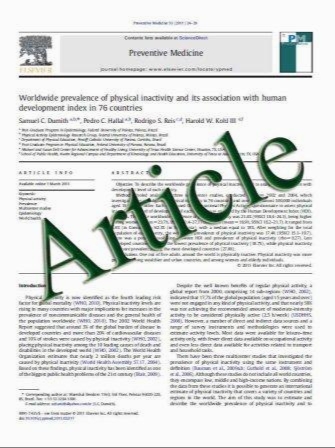Extra-major salivary gland pleomorphic adenoma of the head and neck: a 10-year experience and review of the literature
- نوع فایل : کتاب
- زبان : انگلیسی
- مؤلف : Yen-Ling Kuo Tzong-Yang Tu Chia-Fan Chang Wing-Yin Li Shyue-Yih Chang An-Suey Shiao Pen-Yuan Chu Kee-Tak Chan Shyh-Kuan Tai Yi-Fen W
- چاپ و سال / کشور: 2011
Description
Pleomorphic adenomas, or benign mixed tumors, make up 65% of all salivary gland tumors. They also can be found as solid tumors in other parts of the head and neck region, such as the auditory canal, the eyelids, and the orbital area. In this study, we investigated extramajor salivary gland pleomorphic adenomas of the head and neck region retrospectively at a tertiary care center. Between March 1998 and June 2009, 37 patients underwent primary surgery for extra-major salivary gland pleomorphic adenoma of the head and neck. The duration of symptoms, radiographic findings, operative procedures, and pathologic findings were documented. Of the 37 patients enrolled, 22 were male and 15 were female, with a median age of 57 years. Tumors were found in the soft palate, hard palate, nasopharynx, orbital area, trachea, buccal mucosa, cheek, nasal septum, upper lip, lower eyelid, and external auditory canal. Cellular variant of the pleomorphic adenoma was found in four patients, while the remaining patients presented with the classic variant. No myxoid subgroup was noted in our study. Carcinoma ex pleomorphic adenoma was observed only in one patient for whom radical surgery was performed. Twenty-eight patients (76%) had long-term follow-ups, with the average follow-up period being 4.5 years. Local recurrence was observed in three patients, and they underwent revision surgery during the follow-up period. Our results indicate that extra-major salivary gland pleomorphic adenomas are most commonly found in the soft palate. Wide excision was the treatment of choice, although its efficacy might be compromised with cosmetics and functional structures of the head and neck. Therefore, long-term follow-up of patients is necessary.
Eur Arch Otorhinolaryngol (2011) 268:1035–1040, Received: 30 August 2010 / Accepted: 16 November 2010 / Published online: 1 December 2010 Springer-Verlag 2010


